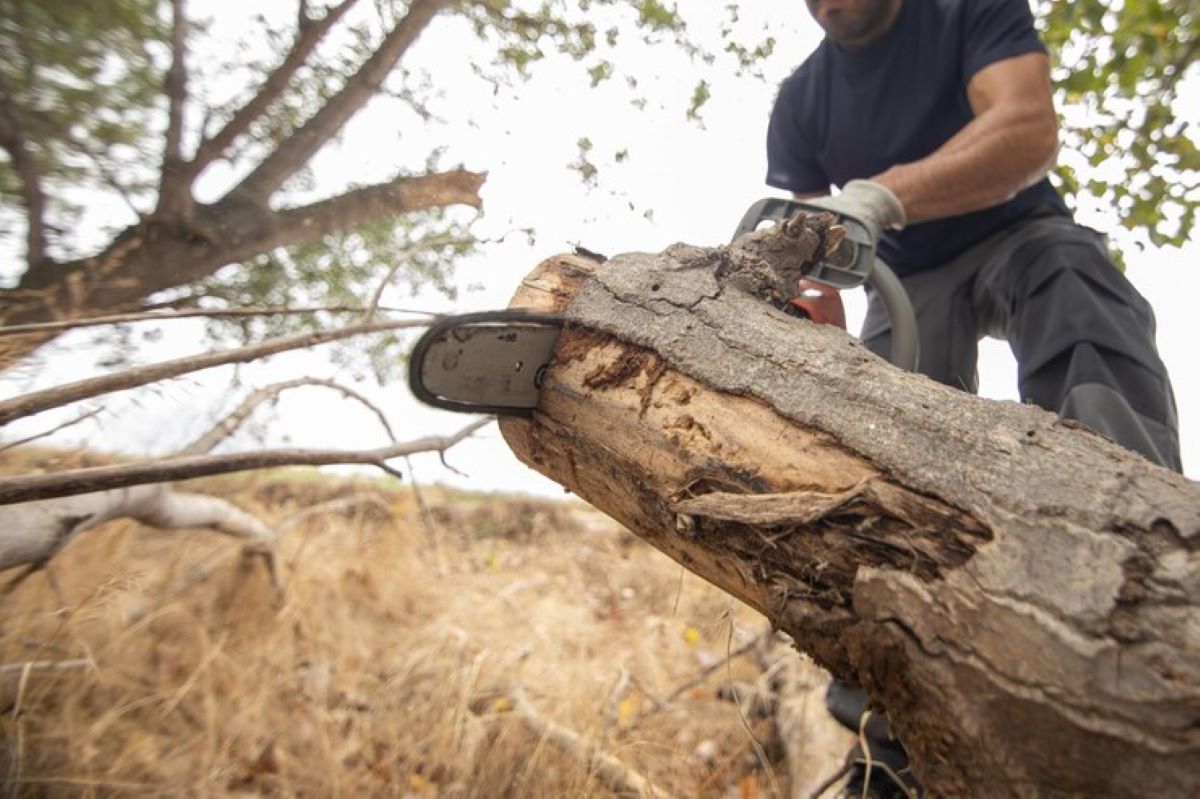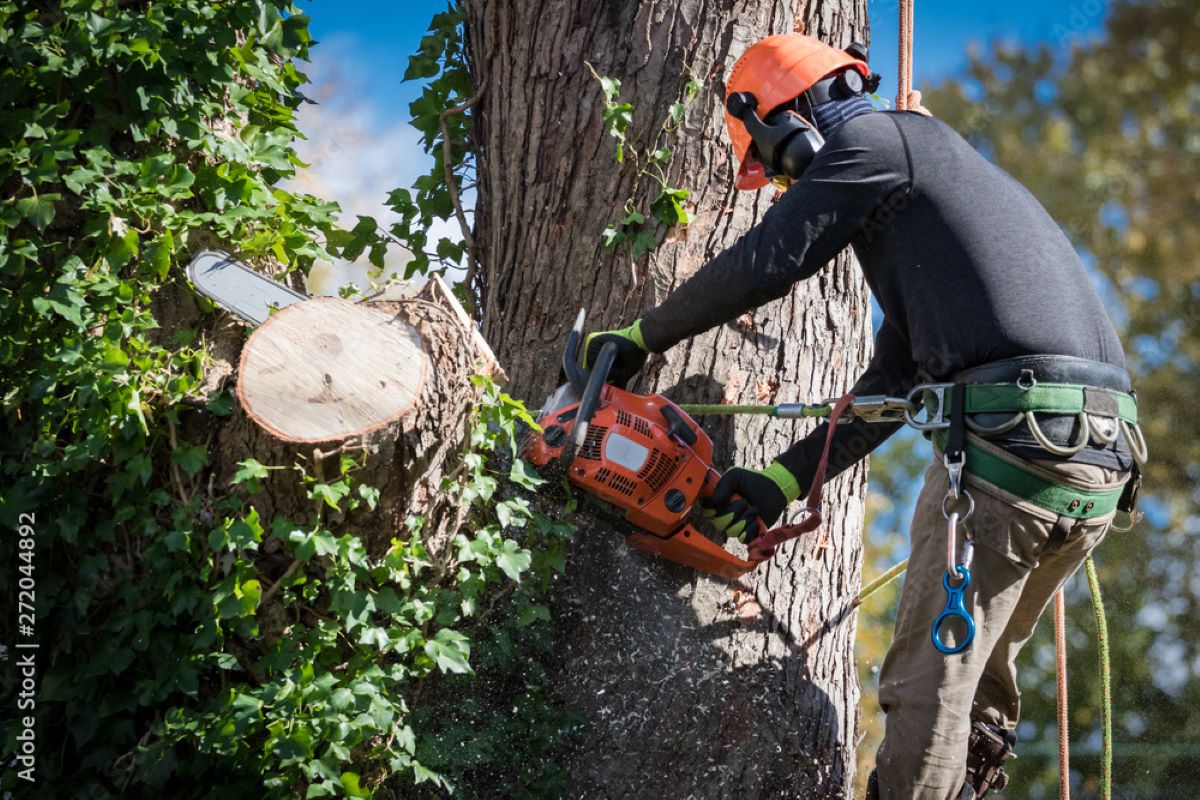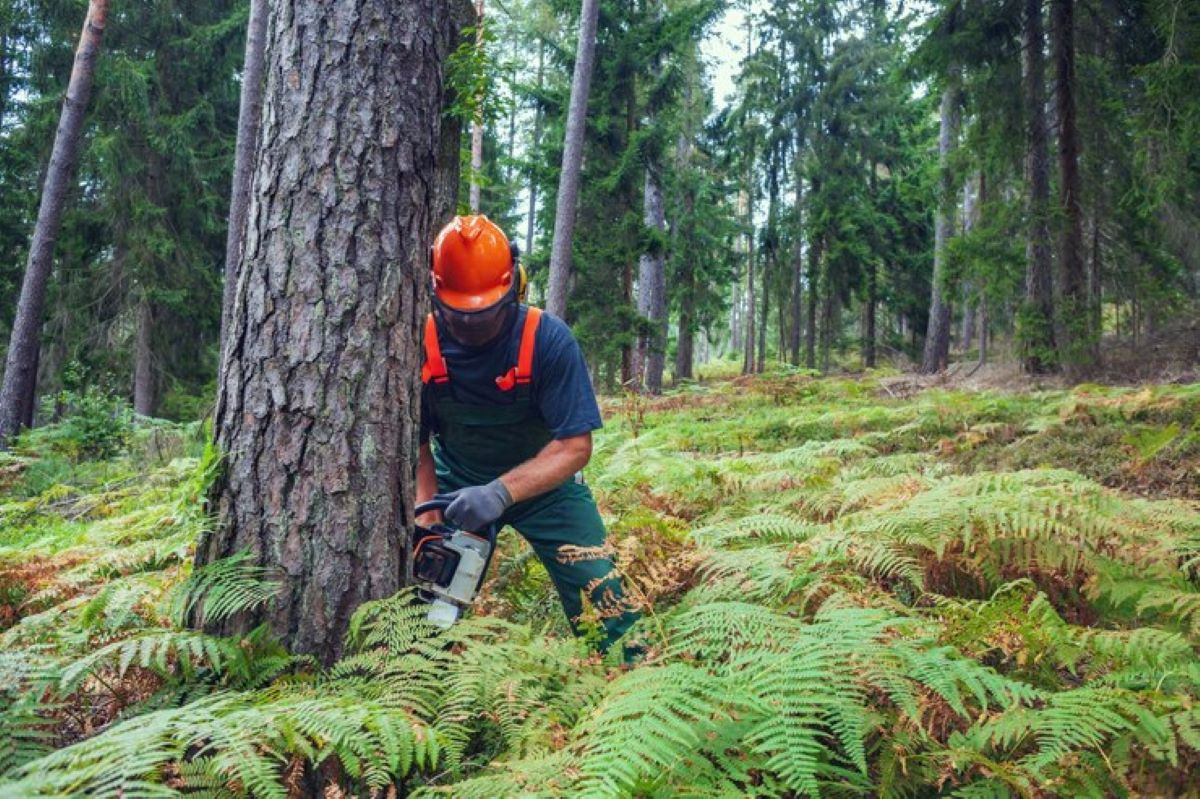When it comes to maintaining both residential and commercial properties, tree removal can be a crucial aspect. In the Hills District, with its lush landscapes and diverse plant life, understanding the importance of tree removal is vital for property owners. This article explores various dimensions of tree removal, from professional services to environmental impacts and post-removal care.
Understanding the need for tree removal in the Hills District
Professional tree removal Hills District is often necessitated by a multitude of factors. Over time, trees can become hazardous due to disease, structural instability, or encroachment on buildings and infrastructure. The dense foliage and varied types of trees prevalent in the Hills District mean that proactive and reactive tree management is essential for safety and aesthetics.
In addition to these concerns, the local climate plays a significant role in tree health. The Hills District experiences a range of weather conditions, from heavy rainfall to periods of drought, which can stress trees and make them more susceptible to disease. Furthermore, invasive species can threaten native trees, leading to a decline in biodiversity and the overall health of the ecosystem. Therefore, regular assessments and timely interventions are crucial to maintaining the balance of the local environment.
The importance of professional tree removal
Choosing to engage a professional tree removal service can significantly impact the outcome of the process. Expert teams possess not only the technical skills required for safe and effective removal but also the experience to assess potential risks. Engaging a professional service means that complexities such as proximity to power lines, property boundaries, and ground stability are managed with care and precision.
Beyond mere removal, professionals can provide a service that ensures the surrounding area is left unchanged, minimising disruption to the landscape. Additionally, they often offer advice on tree replacement options, helping homeowners and businesses select species that are better suited to the local environment, thereby enhancing the aesthetic appeal and ecological health of the area. This forward-thinking approach can lead to a more sustainable landscape that benefits both the community and the local wildlife.
Residential vs commercial tree removal needs
The needs for tree removal in residential versus commercial contexts can vary significantly. Residential tree removal often hinges on aesthetic choices and safety for family members or pets. Homeowners typically seek to enhance their garden’s appearance or address hazards that may threaten their property.
On the other hand, commercial tree removal services may require a greater focus on compliance with local regulations, planning for public safety, or managing large-scale projects involving multiple trees. Companies may also need to consider branding and customer experience, making tree aesthetics part of their operational strategy. For instance, a well-maintained landscape can create a welcoming environment for customers, while poorly managed greenery may detract from a business’s image. Moreover, commercial properties often have to navigate more complex logistical challenges, such as coordinating with local councils for permits and ensuring minimal disruption to business operations during the removal process. This highlights the importance of tailored tree management strategies that cater to the unique needs of each context, ensuring both safety and visual appeal are prioritised effectively.
Key features of the best tree removal services
Identifying the best tree removal service involves evaluating several key features that differentiate expert providers from the rest. Knowing what to look for can help property owners make informed decisions that cater to their specific needs.
Safety measures and precautions
The foremost consideration for any tree removal service should be safety. Licensed professionals employ strict safety protocols to mitigate risks to both their crew and the property. This includes using personal protective equipment (PPE), ensuring the area is cordoned off, and employing spotters when necessary to monitor the situation from multiple angles.
Safety training and certification are foundational elements that reputable companies will highlight, showcasing their commitment to protecting their workers and their clients’ properties. Furthermore, these companies often conduct regular safety drills and training sessions to keep their teams updated on the latest safety practices and technologies. This proactive approach not only fosters a culture of safety but also reassures clients that their property is in capable hands, reducing anxiety during the removal process.
Equipment and technology used
The quality of equipment and technology used by a tree removal service plays a significant role in the efficiency of the work. Advanced machinery allows for quicker, safer removal processes while adhering to best practices. Air lifts, chippers, and stump grinders enable professionals to handle everything from large oaks to small shrubs effortlessly.
Moreover, some companies incorporate innovative technology such as drone surveys and GPS mapping to assess tree health and plan removal more effectively, ensuring that they provide the best service possible. This technological integration not only enhances the precision of their work but also allows for comprehensive assessments of surrounding vegetation, which can be critical in preserving the overall health of the landscape. By utilising such advancements, tree removal services can offer tailored solutions that minimise disruption to the environment.
Speed and efficiency of service
Timeliness is essential when it comes to tree removal, especially following a storm or a potential hazard identification. The best tree removal services are known for their swift response times and efficiency in execution. This is crucial not only for safety but also for mitigating potential losses or damages that prolonged tree removal can incur.
An established service will have streamlined procedures in place to ensure that they can mobilise quickly and complete the job with minimal impact to the surrounding areas. Additionally, many top-tier services offer 24/7 emergency response capabilities, allowing them to address urgent situations promptly. This level of readiness not only demonstrates their commitment to customer service but also reinforces their reputation as reliable experts in the field, capable of tackling even the most challenging scenarios with confidence and skill.
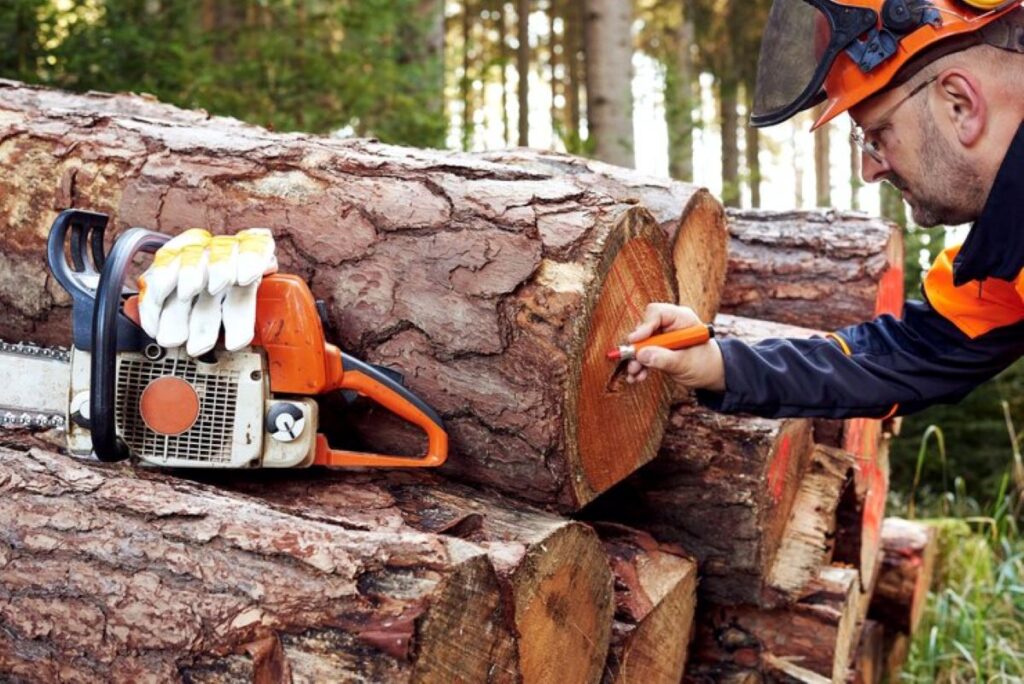
Choosing the right tree removal service in the Hills District
Making an informed choice about tree removal services is key to guaranteeing quality outcomes for property management. A discerning approach can help ensure that the selected service meets both safety and efficiency expectations.
Evaluating customer reviews and ratings
Before selecting a tree removal service, it is prudent to evaluate customer reviews and satisfaction ratings. Online platforms, social media, and local forums can provide invaluable insights into people’s experiences with specific companies. Positive testimonials often reflect consistency in service quality, professionalism, and the ability to resolve issues quickly.
Conversely, a pattern of negative feedback in reviews can be an obvious warning sign about a company’s reliability and effectiveness.
Comparing costs and value for money
While cost should not be the sole determining factor, it is an important consideration. A transparent pricing strategy that is communicated upfront can help prevent hidden fees and unexpected expenses. Comparing estimates from multiple tree removal services in the Hills District can also facilitate a better understanding of the value offered. Pay attention to what each quote includes and assess which service delivers the best overall value.
Opting for the cheapest alternative may not always yield the best outcome; investing in a reputable service can lead to more reliable and efficient results.
Assessing the company’s experience and expertise
Experience can significantly influence the quality of tree removal service. Consider asking potential providers about their history, certifications, and the kind of projects they have successfully completed in the past. A well-established company is likely to have in-depth knowledge about local tree species, regulations, and environmental considerations unique to the Hills District.
Ultimately, choosing a service with a solid track record ensures a higher likelihood of satisfactory outcomes and peace of mind for property owners.
The environmental impact of tree removal
Although tree removal is frequently necessary for safety and property maintenance, it can also have considerable implications for the environment. Understanding this impact allows property owners to make more informed decisions.
The role of tree removal in landscape management
In some scenarios, tree removal is beneficial for landscape management. Removing dead or diseased trees can prevent further contamination of healthier flora, promoting a more balanced ecosystem. Furthermore, strategic tree removal can enhance sunlight exposure for remaining vegetation, facilitating healthier growth.
Careful planning ensures that tree removal contributes positively to the overall health of the local landscape.
Mitigating the environmental impact
While tree removal might be necessary, various strategies exist to mitigate its environmental impacts. Companies can implement measures such as replanting new trees or enhancing existing green spaces to offset the loss. Some services even provide guidance on selecting appropriate native species that align with local ecosystems.
Additionally, responsible disposal methods for removed trees, such as recycling wood for mulch or lumber, can further reduce waste and support sustainability efforts in the Hills District.
See Also : Where to Find the Best Tree Removal in Sydney for Safe and Efficient Work
Post-removal care and maintenance
Once a tree has been successfully removed, attention should shift to post-removal care and maintenance to ensure the area remains healthy and visually appealing.
Stump grinding and removal
A common follow-up to tree removal is stump grinding, which eliminates the tree stump and its roots from the ground. This is not only essential for aesthetics but also prevents potential hazards from protruding stumps in gardens or active commercial areas. Professionals use specialised equipment to grind the stump down below ground level, ensuring that the area can be reused for other purposes.
Failure to address stump issues can result in adverse outcomes, such as pests and diseases, that could affect surrounding plants.
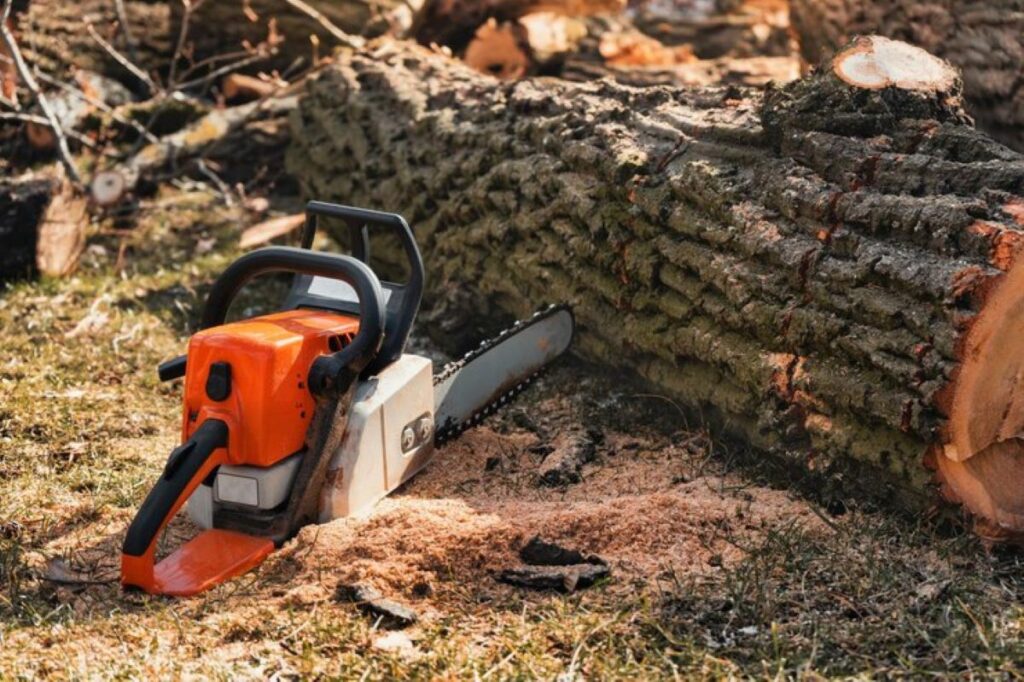
Landscape restoration and replanting
Post-removal, it can be beneficial to consider landscape restoration. This may involve replanting trees or shrubs to create a fresh, vibrant look. Careful planning about the types of plants best suited to the environment can yield significant benefits, such as improved biodiversity and visual appeal.
Moreover, involving local tree planting initiatives can enhance community spirit and promote environmental sustainability.
Regular maintenance and care tips
Once the immediate aftermath of tree removal has been handled, maintaining the health of the landscape is essential. Regular care, including watering, mulching, and monitoring plant health, contributes to a thriving garden or commercial space.
Developing a long-term care plan can help property owners prevent potential issues down the line, whether it’s new plant growth or pest infestations. Consulting with landscaping experts can provide tailored advice for ongoing maintenance to keep the area flourishing and safe.
In conclusion, effective tree removal in the Hills District is not merely about cutting down trees; it encompasses a spectrum of considerations that impact safety, aesthetic value, and environmental health. By understanding the various facets involved, property owners can make educated choices that benefit both their immediate needs and the broader ecological context.

